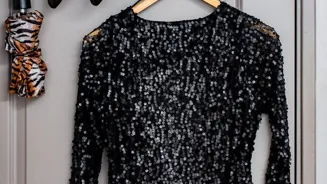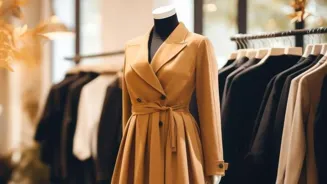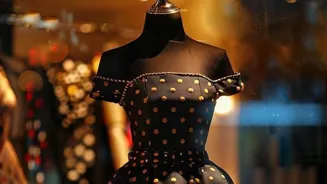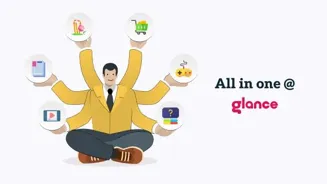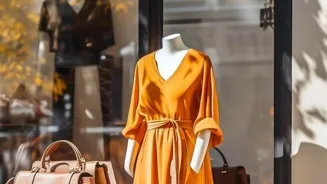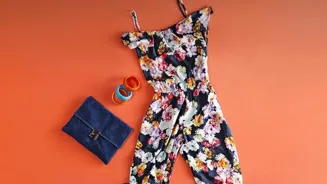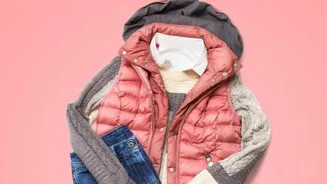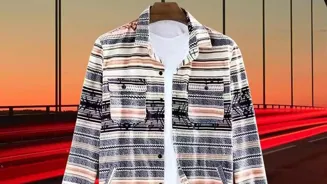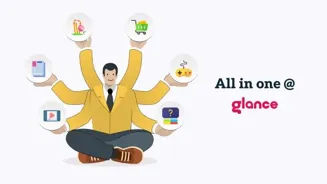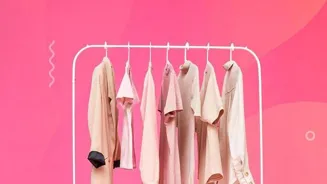Dive into "The Fashion Timeline: Key Styles from the 1920s to Today" for a nostalgic journey through fashion evolution. From flapper dresses to athleisure, explore how styles mirror societal shifts and
self-expression. Let's unravel the threads of time together!
Fashion, yaar, it's not just clothes, no? It's a mirror reflecting our society, culture, and even our mood swings! From the roaring twenties to our current obsession with comfort, the styles have changed drastically.
Let's take a nostalgic trip through the decades and decode some major fashion moments that shaped what we wear today. Grab your chai, settle in, and let's rewind the style clock!
1920s: Era of freedom, flapper dresses, and sartorial revolution
The 1920s were all about freedom and flapper dresses, na? After World War I, everyone wanted to let loose and dance the night away. These dresses were short, loose, and often adorned with beads and sequins. Think jazz music, parties, and a carefree attitude reflected in the clothes.
Hemlines went up, waistlines disappeared, and women embraced a more androgynous silhouette. It was a sartorial revolution!
1930s fashion: elegant, bias-cut gowns, Hollywood glamour
Then came the 1930s, a time of elegance amidst economic hardship. The flapper gave way to longer, more figure-hugging dresses. Bias-cut gowns, made famous by Hollywood stars, became the rage. Silhouettes were softer, waistlines returned, and fabrics like silk and satin were preferred.
It was all about sophisticated glamour and escapism from the realities of the Great Depression. Headscarves, gloves, and delicate jewelry were essential accessories.
Fashion in 1940s: WWII impact led to utility, simple silhouettes, padded shoulders, and practicality
The 1940s were dominated by World War II, impacting fashion in a big way. Utility and practicality became key. Fabrics were rationed, so silhouettes were simple and streamlined. Shoulders were padded to create a strong, powerful look.
Women entered the workforce in large numbers, and their clothing reflected this newfound independence. Think sensible skirtsuits, practical dresses, and a focus on functionality. Red lipstick became a symbol of resilience and hope.
1950s fashion: Femininity, glamour, Dior's "New Look," circle skirts, ladylike elegance
The 1950s brought a return to femininity and glamour. Christian Dior's "New Look," with its full skirts, cinched waists, and elegant silhouettes, took the fashion world by storm. Circle skirts, poodle skirts, and sweater sets were popular among younger women.
Think Audrey Hepburn, Grace Kelly, and a renewed emphasis on ladylike dressing. It was a time of optimism and prosperity, reflected in the bright colors and luxurious fabrics.
The 60s youthquake: rebellion through fashion and pop culture
The swinging 60s ushered in a youthquake, challenging traditional norms. Mini skirts, bold geometric prints, and psychedelic colors became the symbols of rebellion and liberation. Think Twiggy, the Beatles, and a rejection of the conservative styles of the past.
Fashion became more experimental, playful, and accessible to a wider audience. The rise of pop art and youth culture had a profound impact on the way people dressed.
1970s fashion: bohemian chic, disco glamour, self-expression
The 1970s were a decade of diverse styles, from bohemian chic to disco glamour. Bell-bottom jeans, platform shoes, and flowy dresses were popular choices. Think Farrah Fawcett, flared pants, and a carefree, individualistic style.
The disco scene influenced fashion with its sequins, jumpsuits, and bold colors. It was a decade of experimentation and self-expression, with fashion reflecting the changing social and political landscape.
1980s fashion: Excess, power dressing, bold styles
The 1980s were all about excess and power dressing. Big hair, shoulder pads, and bright colors dominated the scene. Think Madonna, power suits, and a bold, assertive style. Leg warmers, neon colors, and oversized silhouettes were also popular trends.
It was a decade of materialism and ambition, reflected in the extravagant and flamboyant fashion choices.
1990s fashion shift to minimalism and grunge aesthetic
The 1990s brought a reaction against the excess of the 80s, with a minimalist and grunge aesthetic taking over. Slip dresses, ripped jeans, and oversized sweaters were popular choices. Think Kate Moss, Nirvana, and a rejection of the polished styles of the past.
Fashion became more casual, comfortable, and understated. It was a decade of introspection and a shift towards a more relaxed and authentic style.
2000s fashion: eclectic trends, global influences, constant experimentation
The 2000s were a mix of everything, from low-rise jeans and crop tops to boho chic and preppy styles. Think Britney Spears, Paris Hilton, and a diverse range of trends that catered to different tastes. Fashion became more globalized, with influences from different cultures and subcultures.
It was a decade of experimentation and a constant search for the next big trend.
Fashion trends in the 2020s: comfort, sustainability, inclusivity, and individuality
And now, we're in the 2020s, where anything goes! Comfort and sustainability are major trends. Athleisure, oversized silhouettes, and vintage clothing are all popular choices. Think Gen Z, social media influencers, and a focus on individual style and self-expression.
Fashion is becoming more inclusive, diverse, and environmentally conscious. It's an exciting time to be a part of the fashion world, with endless possibilities for creativity and innovation.
Fashion timeline reveals unique stories of each decade, inspiring evolution in style
So, that's a quick trip through the fashion timeline, isn't it? Each decade has its own unique story to tell through its clothes. And who knows what the future holds for fashion?
One thing is for sure: it will continue to evolve, reflect our society, and inspire us to express ourselves through what we wear. Keep experimenting, keep exploring, and keep your style game strong!
AI Generated Content. Glance/InMobi shall have no liability for the content